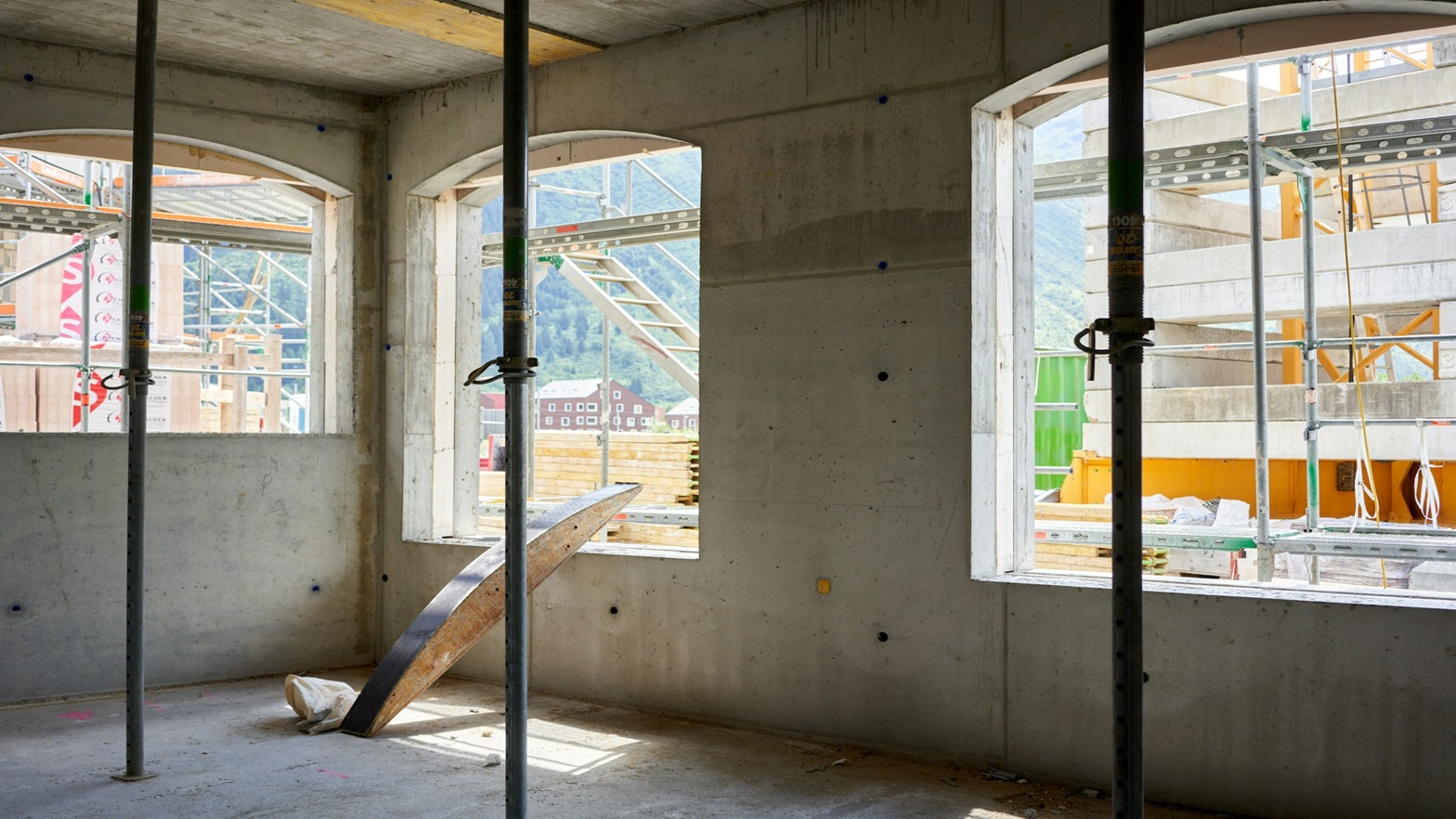Urban infrastructure affects and shapes the lives of all living creatures in a city. As urban areas continue to expand, the need for innovative solutions to manage this growth has never been more critical. The concept of urban infrastructure encompasses a wide range of elements, including transportation systems, water supply networks, waste management, energy grids, building and zoning regulations, and public spaces. These systems must function cohesively to support the daily lives of city dwellers and ensure the smooth operation of urban environments. The importance of urban innovation extends beyond merely improving infrastructure; it is essential for creating a sustainable planet and enhancing the quality of life for people worldwide.
What Are the Four Pillars of Urban Innovation?
Urban innovation is built upon four foundational pillars: technology, governance, community engagement, and sustainable practices. Each pillar is essential for creating efficient, resilient, and inclusive urban environments.
- Technology: Modern technologies introduce smart solutions and digital platforms that enhance connectivity and efficiency. Gathering crucial data through the Internet of Things and processing it with artificial intelligence and big data analytics enable cities to monitor and manage urban infrastructure systems in real time.
- Governance: Effective governance ensures that policies and regulations support innovation while balancing public interests.
- Community Engagement: Engaging residents in decision-making processes fosters a sense of ownership and collaboration. Community input is vital for identifying local needs and priorities, ensuring that urban infrastructure solutions are both relevant and effective.
- Sustainable Practices: Prioritizing environmental considerations is critical for reducing urban carbon footprints and promoting green spaces.
What Is a Smart City?
A smart city leverages digital technology to enhance the efficiency, sustainability, and quality of life for its residents. This includes the deployment of IoT devices, smart grids, and data analytics to manage resources and provide real-time information for better decision-making. Smart urban infrastructure includes smart and flexible public transportation systems, energy-efficient buildings, and intelligent waste management. For example, traffic lights can use real-time traffic conditions to adjust their timing and direct flows.
Is All Innovation Technology-Based?
While technology plays a significant role in urban innovation, not all solutions are technology-centric. Some innovations arise from rethinking urban infrastructure design or applying traditional techniques in new ways. For example, using permeable pavements to manage stormwater or retrofitting existing buildings for energy efficiency are innovative strategies that do not rely solely on cutting-edge technology.
What Is Nature-Based Urban Innovation?
Nature-based urban innovation utilizes natural processes and ecosystems to address urban challenges. This approach integrates green infrastructure, such as green roofs, urban forests, and wetlands, into urban planning to enhance biodiversity, manage stormwater, and mitigate the urban heat island effect. By incorporating natural elements into urban environments, cities can create more resilient and sustainable ecosystems. Green infrastructure improves air quality, can reduce flood risks, and enhances recreational spaces.
Smart Waste and Water Management in Cities
Efficient waste and water management are critical components of modern urban infrastructure. Smart systems use sensors and data analytics to optimize waste collection routes, reducing fuel consumption and emissions. For instance, smart water management systems monitor usage, detect leaks, and ensure a sustainable water supply. By enhancing efficiency and reducing waste, smart waste and water management systems contribute to environmental sustainability and resource conservation.
What Urban Transportation System Is More Innovative and Sustainable?
Sustainable urban transportation systems are crucial for reducing carbon emissions and enhancing mobility. The United Nations’ “New Urban Agenda” highlights several innovative systems, such as electric public transit, bike-sharing programs, and pedestrian-friendly infrastructure. Electric buses and trains reduce reliance on fossil fuels and are more resource-efficient than any type of personal vehicle. Bike-sharing programs provide energy-efficient transportation that is both environmentally friendly and accessible.
What Is the 15-Minute City or Walkable City?
The 15-minute city concept envisions urban areas where residents can reach essential services and amenities by walking or biking for no more than 15 minutes from their homes. This model promotes sustainable urban infrastructure by reducing the need for long commutes, decreasing traffic congestion, and fostering local economies. By creating compact and connected neighborhoods, cities can increase quality of life, reduce environmental impact, and build resilient communities.
What Is Urban Retrofitting?
Urban retrofitting involves updating and modifying existing infrastructure to improve sustainability and functionality. This process can include energy-efficient building upgrades, the installation of green roofs, and the development of renewable energy sources. By retrofitting infrastructure, cities can reduce their environmental impact and enhance resilience without the need for entirely new developments.
Urban Innovation Development and Workers’ Safety
Urban innovation aims to enhance the quality of life by creating safer, more efficient, and enjoyable urban environments. However, innovations should not come at the expense of human lives; therefore, safety regulations and protocols must be integral to urban infrastructure planning. This includes implementing comprehensive safety training programs, using advanced construction technologies to minimize risks, and enforcing strict safety standards on construction sites. Construction is the second deadliest occupation in the United States, with most fatalities resulting from the Occupational Safety and Health Administration’s (OSHA) Fatal Four: falls, struck-by incidents, caught-in/between accidents, and electrocutions.
Although OSHA has stringent construction safety standards, some employers do not comply with them. When a worker is injured in an urban development project, having the assistance of a skilled worker’s compensation and personal injury attorney can increase the likelihood of obtaining compensation that covers all damages and brings peace of mind to the injured worker.
The Path Forward
Urban infrastructure is at the heart of creating sustainable and livable cities. Through technological advancements, nature-based solutions, and innovative planning, we can build urban environments that enhance the quality of life and reduce environmental impacts. The future of urban infrastructure lies in smart, sustainable, and inclusive development that prioritizes both human and ecological health. By prioritizing worker safety, engaging communities, and integrating nature into urban planning, we can create urban infrastructure systems that support a sustainable and high-quality urban life for all.





























